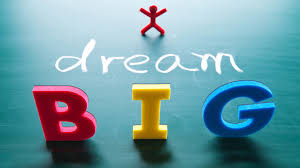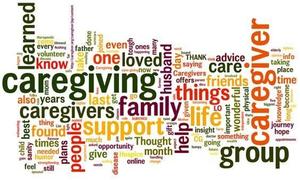Older adults can save tens of thousands of dollars annually by choosing assisted living communities over aging in place in their homes.
Unlike point solutions, Inspiren unifies resident safety, care planning, staffing, and emergency response into a single AI-powered platform.
An artificial intelligence-powered virtual assistant platform for senior living and care providers.

 In 2017, has telehealth and remotely-delivered care evolved? Compared to our
In 2017, has telehealth and remotely-delivered care evolved? Compared to our  Pitch events precede clarity of offering which precedes... Hopefully the best pitches of best offerings will be funded. But that funding is linked to detailed criteria (see the
Pitch events precede clarity of offering which precedes... Hopefully the best pitches of best offerings will be funded. But that funding is linked to detailed criteria (see the  AARP’s Innovation 50+ Live Pitch starts today – what's new? This marathon tried to put 20 pounds of entrants (culled from many more) into the 10-pound bag of a two-day pitch event across two broad categories. So following this trend towards compression, we will leave
AARP’s Innovation 50+ Live Pitch starts today – what's new? This marathon tried to put 20 pounds of entrants (culled from many more) into the 10-pound bag of a two-day pitch event across two broad categories. So following this trend towards compression, we will leave  Pundits perpetuate the myth of non-use of so-called caregiver technology. [Rant on.] According to AARP, 40 million caregivers are taking care of an older, sicker person -- so says an oft-quoted
Pundits perpetuate the myth of non-use of so-called caregiver technology. [Rant on.] According to AARP, 40 million caregivers are taking care of an older, sicker person -- so says an oft-quoted  Market sizing, trending, and targeting all depend on data. Marketers understand this – and their sources,
Market sizing, trending, and targeting all depend on data. Marketers understand this – and their sources,